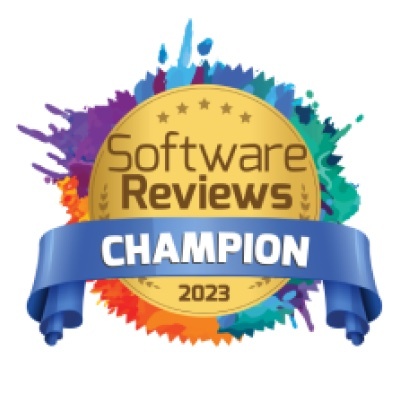How much time has your BI team wasted on finding data and creating metadata management reports? BI groups spend more than 50% of their time and effort manually searching for metadata.
In fact, BI projects used to take many months to complete and require huge numbers of IT professionals to extract data. However, over time new technologies and tools developed to ease data reporting and analysis. This is how the Online Analytical Processing (OLAP) cube was born, which you might call one of the grooviest BI inventions developed in the 70s.
OLAP cube is designed as a solution to pre-compute totals and subtotals when the database server is idle. Totals are pre-calculated and stored in a special database called an OLAP cube, providing the appearance of instant access. It’s a snapshot of data at a specific point in time, at the end of a day, week, month or year.
So then, what if you need to find several dimensions of the data and report on its data lineage? Then what? Basically, data lineage is a process of researching the genealogy of the data, where it comes from and how it all fits into context. The cube, supported by automated metadata management, allows you to report on cross-sections of the data and its history and context within minutes.
Saving time and headaches with online analytical processing tool
The OLAP cube makes reading data across multiple dimensions manageable. Relational databases are great at storing data but very cumbersome and difficult to use in creating management reports. With thousands of rows and tables to add up and loop through millions of transactions, the reporting process would take up too much computing space, memory, and time. In fact, running such management reports made regular business processes impossible due to their being so resource-intensive!
So you see, OLAP Cube gives BI users capabilities to visualize, total up, and analyze data in multiple dimensions. Then, when the manager or C-Suite calls for a report, the cube information is already there, stored and there’s no need to add or search for the data lineage either.
Complete data lineage on OLAP cube
Whether your BI team is on deck for end-of-the-year or annual reporting, OLAP cube is a handy tool. For instance, it can be used when preparing to forecast inventory across regions, business units – all over a length of time, which requires a multi-dimensions analysis and the use of data perspectives from different angles. That’s where a data lineage report on OLAP cube becomes invaluable, shifting perspectives depending on the cross-section of data you want to review or make decisions about.
Why is Data Lineage Key to Your Enterprise?
Read our white paper on Advanced Data Lineage to learn more
Download the White Paper
Who are the main stakeholders of cube data lineage reports?
Nowadays, there are newly enthusiastic non-IT members in finance and risk who are interested in data lineage for many reasons, including:
– The appearance of new legislation requirements
– Business changes
– An increase in data quality initiatives
– Supervisor and audit requirements.
Concerned about meeting regulatory requirements?
Several governing bodies have issued new regulations in recent times, and many executives and BI professionals alike believe that data is the best response to those regulations. GDPR regulations, for example, require companies to be able to access and delete or mask customers’ personal information including sensitive data such as credit card details.
Do business changes bog you down?
A business often undergoes changes such as changes in application landscape, organizational and informational needs and requirements. In large enterprises, data touches a number of systems. Therefore, making a change in one place can have an impact on many other processes, reports, calculations etc. Data lineage eases the impact analysis of the change, and OLAP cube users can now get the complete story behind their data to ensure accurate impact analysis.
Are you on top of your quality game?
International enterprises need to constantly monitor data quality as any issues with data veracity can cost an enterprise big bucks. Automated metadata management can help data quality managers keep their data accurate.
Ready for your next audit?
Locating data sources can be immensely difficult and time-consuming without complete data lineage to understand the full data journey. With an automated metadata management tool that supports OLAP, a company will be ready and raring to go when it comes time for its next audit.
Cube to the rescue
With OLAP cube and metadata automation processes, your BI team saves a lot of time and eases multi-dimensional data lineage reporting. The business implications for having these reports ready is immense.
Imagine opening the letter when a GDPR officer requests a report. If your enterprise maintains these data tools, your organization will be prepared with the right information when encountering any regulatory or quality concerns.








